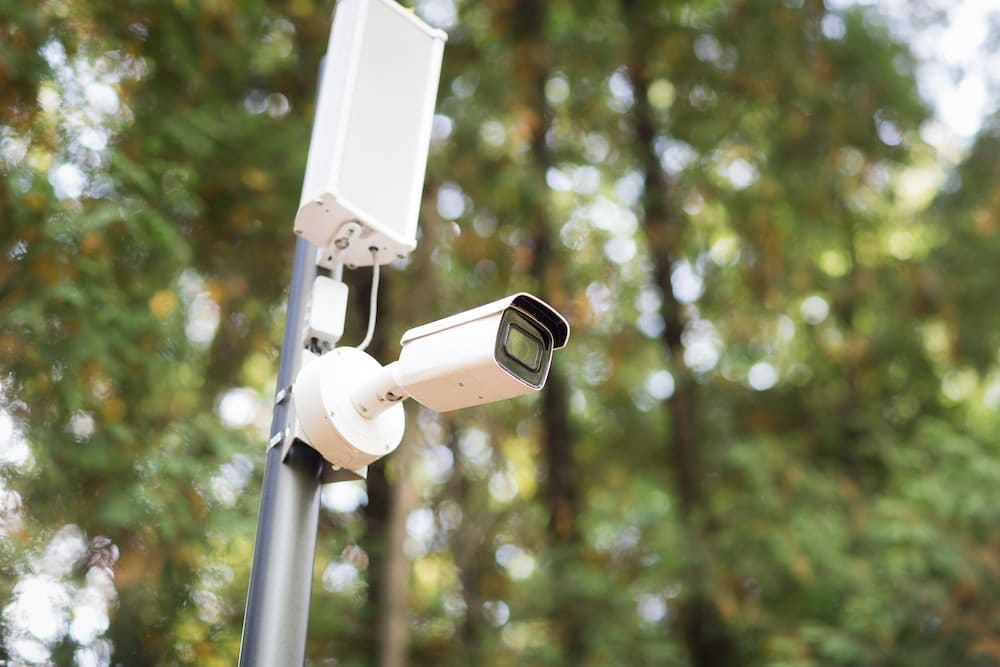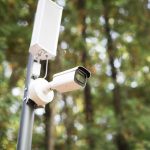In the rapidly evolving world of technology, new advancements are shaping the healthcare industry every day. A recent development in this area is the advent of smart textiles, a revolutionary innovation making inroads into the field of health monitoring. These wearable devices, embedded with medical sensors, are capable of tracking and reporting vital health signals, providing profound implications for early disease detection.
The Rise of Smart Textiles in Healthcare
The evolution of wearable technology has led to a burgeoning market for smart textiles. These fabrics are smart enough not just to clothe you, but monitor your vital signs and health data in real time.
Cela peut vous intéresser : What’s the Potential of Photoacoustic Imaging in Early Cancer Diagnosis?
Smart textiles are typically made from fibers that are woven together to create a fabric capable of reacting to a stimulus such as electrical, thermal, or mechanical. These fabrics, embedded with miniaturized electronic components, can monitor, record, and transmit information about the wearer’s health condition and vital signs. The collected data is subsequently analyzed for diagnostic and prognostic purposes.
As the market for wearable health monitoring devices continues to grow, smart textiles are expected to play a significant role in its future. These textiles offer several advantages over traditional monitoring devices, including comfort, convenience, real-time data monitoring, and the ability to integrate into everyday life seamlessly.
A lire également : What’s the Latest on AI-Enhanced Virtual Reality for Immersive Travel Experiences?
How Smart Textiles Monitor Vital Health Signals
The medical sensors embedded in smart textiles are capable of capturing various vital health signals. These include heart rate, blood pressure, body temperature, respiratory rate, and even biochemical markers in sweat.
The smart textile-based devices consist of sensor fibers. These fibers detect changes in the physical condition of the wearer, such as changes in body temperature or increased heart rate. The sensors then convert these signals into electrical signals. This data is then transmitted to a connected device, such as a smartphone, where it is analyzed and interpreted.
The real-time monitoring of health data offered by smart textiles provides a wealth of information. This data can be used to track a person’s overall health and wellbeing, monitor changes over time, and potentially detect the onset of disease at an early stage.
The Role of Smart Textiles in Early Disease Detection
Smart textiles are poised to make a significant impact on early disease detection. The continuous monitoring of vital signs can help to identify abnormal patterns that may indicate the onset of a medical condition.
For instance, an unusual increase in heart rate or blood pressure could indicate a cardiovascular issue, while changes in body temperature could signal an infection. Similarly, persistent alterations in respiratory rate might suggest a respiratory condition.
By tracking these vital signs over time, smart textiles can help to establish a baseline for an individual’s health. Deviations from this baseline can then be identified and investigated further. This could enable diseases to be detected and treated much earlier than is currently possible with traditional healthcare approaches.
Market Perspective and Future of Smart Textiles in Healthcare
The market for smart textiles in healthcare is burgeoning, driven by technological advancements and increasing consumer demand for wearables. According to a report by Grand View Research, the global smart textiles market is expected to reach $5.55 billion by 2025, with healthcare representing a significant portion of this growth.
Smart textiles offer tremendous potential for improving healthcare outcomes. The ability to monitor vital signs in real-time, coupled with the potential for early disease detection, makes smart textiles a promising tool for future healthcare solutions.
As technology continues to advance, we can expect to see the capabilities of smart textiles increasing. Future developments may include sensors capable of detecting a wider range of health indicators and even delivering medication. These advancements could transform the way we approach healthcare, making early detection and prevention of diseases a reality for everyone.
While the promise of smart textiles in healthcare is immense, it is crucial to remember that they are just one part of a broader ecosystem of health monitoring and care. Despite their potential, smart textiles cannot replace the need for regular check-ups and consultations with healthcare professionals. They should be viewed as a complementary tool, aiding in the process of maintaining health and detecting diseases at an early stage.
Integration of Smart Textiles in Research and Clinical Practices
In recent years, smart textiles have gained considerable attention in the research and clinical fields. The use of smart textiles in health monitoring is a field of research growing at an exponential rate, with numerous publications appearing on platforms such as Google Scholar.
Researchers are exploring ways to integrate smart textiles into various health monitoring systems. These systems could provide continuous monitoring of patients’ vital signs, such as heart rate and body temperature, in real time. The implementation of smart textiles in research and clinical practices could lead to improvements in patient care, particularly in the prevention and early detection of diseases.
Several clinical trials are underway to validate the effectiveness of smart textiles in health monitoring. These trials focus on various aspects, such as the accuracy of data collected, the comfort of the wearable devices, and their impact on the users’ daily routines. The findings of these trials will significantly influence the adoption of smart textiles in healthcare practices.
Despite the promising prospects, there are challenges to overcome. The energy consumption of these textile-based devices is a concern, as it may limit their usage time. Additionally, ensuring the privacy and security of the health data collected is crucial. Efforts are being made to address these issues and make smart textiles a reliable tool in health monitoring.
The Future of Smart Textiles in Healthcare: Conclusion
The future of smart textiles in healthcare is promising. The market for these smart fabrics is predicted to expand significantly over the coming years. As the technology matures, we can anticipate smart textiles becoming a common tool for health monitoring and early disease detection.
The continuous monitoring of vital signs through smart textiles paves the way for proactive healthcare, where diseases could be detected and treated early. This approach could potentially lead to better health outcomes and a reduced burden on healthcare systems.
The advancements in smart textiles also open doors to potential applications beyond health monitoring. For instance, future smart clothing could be equipped with sensors that not only monitor health indicators but also deliver medication to the human body. This could revolutionize the treatment of chronic diseases by ensuring that medication is delivered accurately and consistently.
Despite the optimistic outlook, it is vital to remember that smart textiles are tools that are meant to augment existing healthcare practices, not replace them. Regular check-ups and consultations with healthcare professionals remain essential. Likewise, it is crucial to address the challenges that come with this new technology, such as energy consumption and data privacy.
In conclusion, smart textiles represent an exciting frontier in healthcare, bringing together the worlds of fashion, electronics, and medicine. As the technology evolves, it is set to play an increasingly important role in health monitoring, early disease detection, and potentially, treatment delivery. The future of smart textiles in healthcare looks bright, and it will be fascinating to see how this technology unfolds in the coming years.











